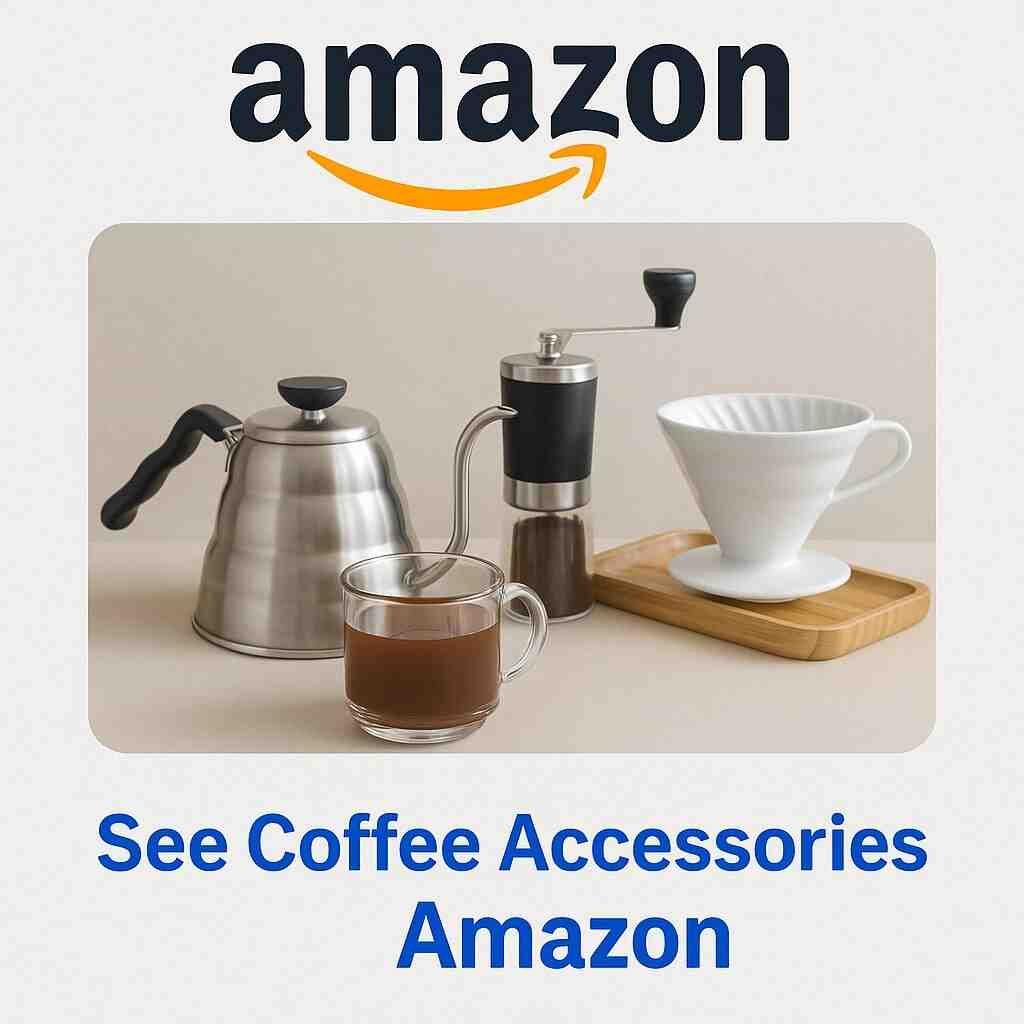Why Every Espresso Lover Needs a Knock Box in Their Setup
If you’ve ever found yourself awkwardly tapping a hot, soggy puck of used coffee into a trash can, you already know: there has to be a better way. Enter the espresso knock box—a simple yet indispensable tool for home baristas.
It’s not flashy, but it’s one of those tools you’ll wonder how you ever lived without.
What Is a Knock Box?
A knock box is a small container with a padded bar across the top. After pulling an espresso shot, you knock the portafilter against the bar to eject the used coffee puck cleanly and quickly.
No mess. No burned fingers. No clogging up your trash can.
Why It Matters
1. Improved Workflow
When you’re brewing multiple shots—whether for guests or for that second (or third) morning cup—a knock box makes disposal quick and seamless, keeping your flow uninterrupted.
2. Protects Your Gear
Banging a portafilter on your sink or trash can edge can damage your equipment over time. A knock box absorbs the impact safely.
3. Keeps Your Station Clean
Used coffee pucks are wet, hot, and messy. Tossing them straight into the trash can make a bigger mess than necessary. A knock box contains the mess neatly.
4. Easier to Clean and Empty
Many knock boxes have removable inner containers that make it easy to dump the grounds into your compost or waste bin.
What to Look for in a Good Knock Box
- Durable build (plastic, stainless steel, or rubberized body)
- Non-slip base to stay steady while knocking
- Easy to clean (preferably dishwasher-safe)
- Right size for your countertop and usage frequency
- Quiet operation with a padded knock bar
Bonus: Eco-Friendly Perks
If you compost, a knock box makes collecting used grounds super convenient. Coffee grounds are rich in nitrogen and can boost your compost pile naturally.
Final Thoughts
A knock box might not seem essential—until you use one. Then it becomes clear: it’s the unsung hero of any serious espresso setup. From faster clean-up to longer-lasting gear, it’s a small investment with a big payoff.






